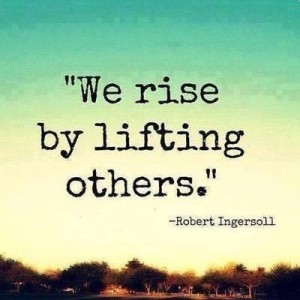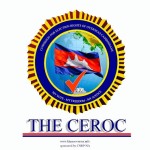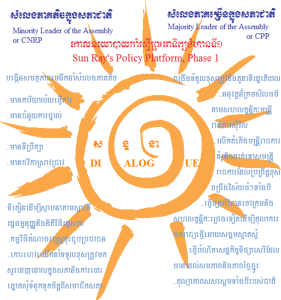IS SELF-EMPLOYMENT FOR YOU?
 Do you want to manage your own career? Self-employment is an option for many people who want more independence or who are not finding the job they want in the employment market.
Do you want to manage your own career? Self-employment is an option for many people who want more independence or who are not finding the job they want in the employment market.
Self-employment can take many forms, both full- and part-time. For example, you could:
- run a business on your own, with a partner or with employees
- own and manage a franchise
- work on contracts for different clients
- hire yourself out as a consultant in your area of expertise
To succeed in self-employment, you need both skills and an entrepreneurial aptitude. Find out if self-employment could work for you.
PERSONAL SKILLS
As an entrepreneur, you’ll needs skills in several areas, including:
- sales and marketing
- business administration
- managing resources like time and money
- interpersonal skills
At first, you will likely have to do all of these tasks yourself. Once your business starts to make money, you may hire support professionals, assistants or employees to help with the business.
SOFT SKILLS
In addition to business skills, you also need a variety of “soft” skills or attitudes. They can make all the difference in successful entrepreneurship. These include:
- self-confidence
- willingness to take the initiative
- ability to keep things going from day to day
- positive thinking
- ability to spot new opportunities
- creative thinking and problem solving
- ability to work well with others and build a good team
- motivation to succeed and accomplish things
- willingness to take calculated risks
- community-mindedness
SELF ASSESSMENT
Find out if you have what it takes to succeed in self-employment with resources from these agencies.



